PULP LITERATURE: How about some wisdom with your fantasy?

One of my favorite modern writers of fantasy is R. Scott Bakker. His PRINCE OF NOTHING trilogy absolutely blew my skull a few years back, and his latest book in that continuing saga is THE WHITE-LUCK WARRIOR, due to be released in Spring 2011.
I’ve been singing the praises of Bakker’s fantasy work for awhile now. His is a fantasy on the scale of Tolkien without stealing any of the usual tropes that go with that scale. His work is brilliant, illuminating, and challenging. In short, it is literary fantasy…i.e. fantasy with literary qualities. “What exactly does that mean?” I hear somebody asking. Well, here’s what I tell my students on the first day of any literature class: Literature is a written work of art that explores what it means to be human.
Literature allows us to view human nature, i.e. the human condition, through the lens of the written word. And the real magic is that good literature transcends time and space. Shakespeare, for instance, is still shedding light on the human condition even though he wrote 500 years ago. But literature is not just for the glimmering “elite” in their ivy-grown universities and ivory towers. Bakker’s fantasies do exactly what great literature does, while remaining tremendously entertaining.
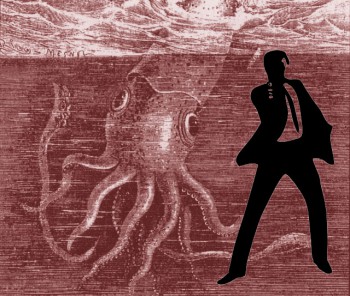 Mania, my dear Mister Bond, is as priceless as genius.
Mania, my dear Mister Bond, is as priceless as genius.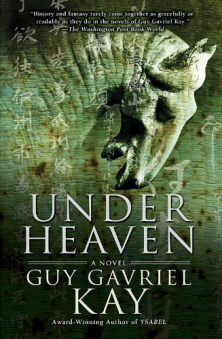
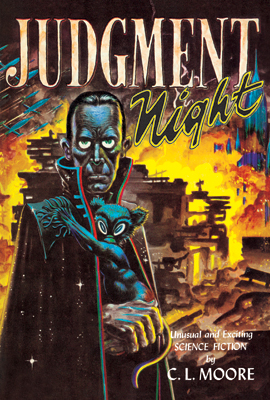 Famed with her husband Henry Kuttner for turning out superlatively compelling and complex stories for the pulps, both jointly and singly, Catherine Moore began writing in 1933.
Famed with her husband Henry Kuttner for turning out superlatively compelling and complex stories for the pulps, both jointly and singly, Catherine Moore began writing in 1933.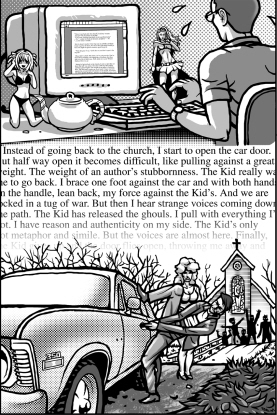 It’s hard to be a modern hero. Especially when the author can’t make up his mind.
It’s hard to be a modern hero. Especially when the author can’t make up his mind.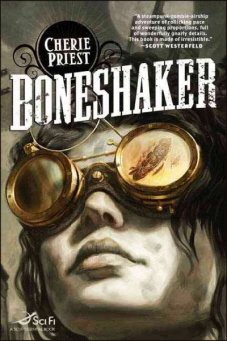 The 2010 Locus Awards winners were announced today, at the annual Science Fiction Awards Weekend in Seattle. The winners include:
The 2010 Locus Awards winners were announced today, at the annual Science Fiction Awards Weekend in Seattle. The winners include: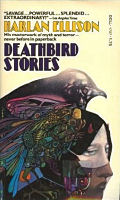
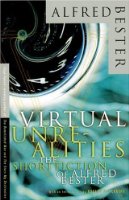
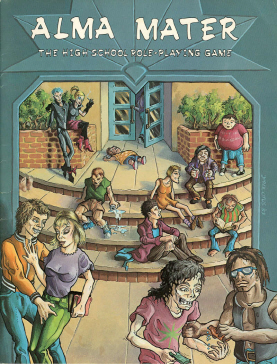 Over at
Over at 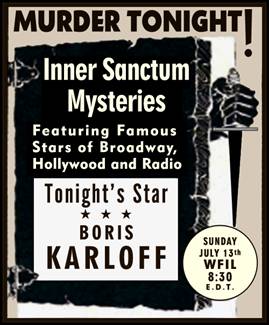 I’ve always been most terrified by the stuff I’ve never even seen. I’ve screamed my way through ghost hunting expeditions having never once actually laid eyes on an apparition of any kind. Jaws is one of my favorite movies, mainly for the scenes when you know the shark is somewhere just outside your line of sight, and I have read books that have made me afraid to have any part of me not under the covers once I’m in bed, for days on end.
I’ve always been most terrified by the stuff I’ve never even seen. I’ve screamed my way through ghost hunting expeditions having never once actually laid eyes on an apparition of any kind. Jaws is one of my favorite movies, mainly for the scenes when you know the shark is somewhere just outside your line of sight, and I have read books that have made me afraid to have any part of me not under the covers once I’m in bed, for days on end.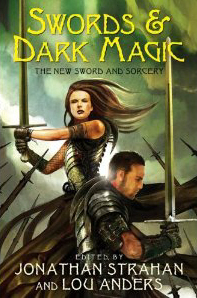 It isn’t often we see a new Sword & Sorcery anthology, especially one from a major publisher.
It isn’t often we see a new Sword & Sorcery anthology, especially one from a major publisher.